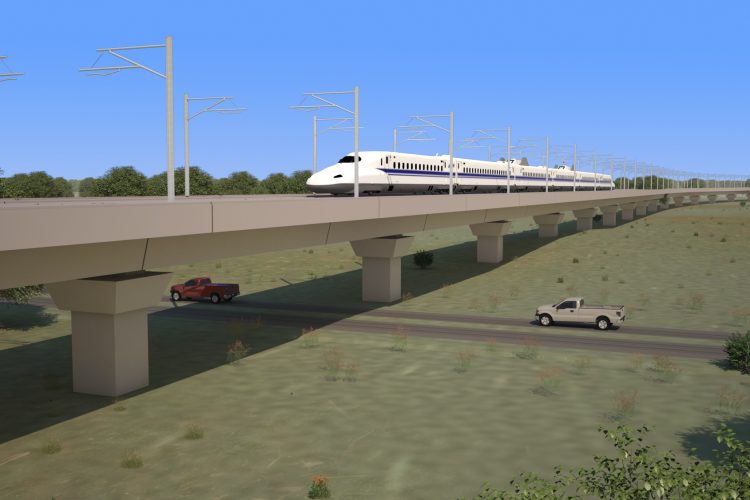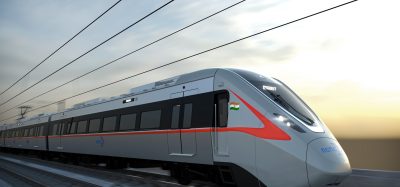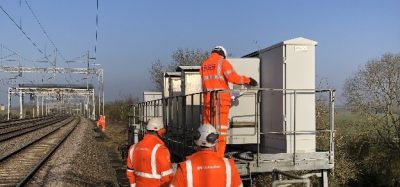Dallas-Houston high-speed rail project now one step closer to construction
Posted: 11 May 2020 | Global Railway Review | No comments yet
The construction of the high-speed rail line in Texas by Webuild, formerly Salini Impregilo, took a step closer to beginning with a ruling by the 13th Court of Appeals of Texas in favour of Texas Central, the project’s developer.


Credit: Texas Central
The Court held that Texas Central was both a railroad company and interurban electric railway, giving it the right to survey access and the use of eminent domain along the planned 379km-long trajectory of the line. The Final Environmental Impact Statement on the project is to be published by the Federal Railroad Administration in May 2020.
The project, whose value totals approximately $20 billion – $14 billion of which for the civil works – would be an important investment for Texas and a major boost to the state’s economy, the kind of stimulus proposed by President Donald Trump. This would conservatively lead to an estimated $36 billion in economic benefits state-wide during the next 25 years, including the creation of 10,000 jobs per year during peak construction and 1,500 permanent jobs when fully operational.
The project, which is ready to start, represents a strategic initiative for the state in terms of business and employment along the supply chain in a key area of the United States that has been struck by the sharp drop in oil prices.
Carlos Aguilar, Chief Executive of Texas Central, said: “This decision is rooted in state law that allows survey access and use of eminent domain by railroads, pipelines, electrical lines and other industries that provide for the public good and a strong economy. This decision confirms our status as an operating railroad and allows us to continue moving forward with our permitting process and all of our other design, engineering and land acquisition efforts.”
In 2019, Texas Central completed a portion of the land surveys required by the federal agencies conducting an environmental review of the project. This information allowed Texas Central to plan a route that is efficient, considerate of the environment through Central Texas and impacts the fewest property owners as possible.
Carlos continued: “Texas Central confirms that it will always respect Texas landowners’ rights and will follow due process. Texas Central wishes to express gratitude to the Thirteenth Court of Appeals for its time in considering Texas Central’s appeal. “This ruling supports the enormous amount of work Texas Central has done to date. Texas has the capacity, drive and population growth needed to make the Texas High-Speed Train successful and it’s that momentum that is pushing the nation’s first high-speed train forward.”
The sustainable mobility project will be developed thanks to the expertise of Webuild in building megaprojects throughout the world with a track record of 13,637km of rail and metro lines. In September 2019, Texas Central announced the design-build contract authorising a set of early workers by a joint-venture between Webuild and its U.S. subsidiary, Lane Construction Corporation. The joint-venture is to supply the civil and infrastructure scope for the high-speed train service between Houston and Dallas. This includes the design and construction of the viaduct and embankment sections along the entire route, the installation of the track system and the alignment and construction of all buildings and services that will house maintenance and other rail system equipment.
The new service will transform mobility between two cities that enjoy some of fastest growth rates in the United States. The high-speed train, which will be based on Central Japan Railway’s Tokaido Shinkansen, the world’s safest mass transportation system, will connect Dallas and Houston in 90 minutes at 30-minute intervals at peak hours with a stop at Brazos Valley near Texas A&M University. It is expected to reduce travel time by a total 90 minutes compared with vehicle travel and one hour compared with plane travel, including boarding and disembarking times.
Related topics
High-Speed Rail, Infrastructure Developments, Route Development







